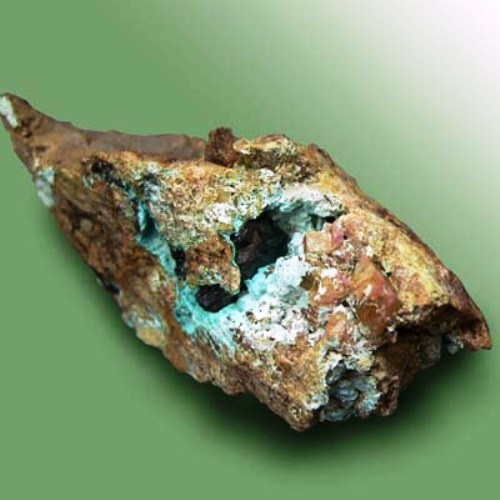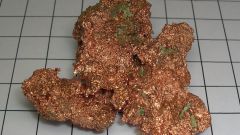Instruction
1
The industrial production of copper is a complicated and multistage process. The extracted metal is crushed, and then cleaned of the waste material through the use of the flotation method of enrichment. Next, the resulting concentrate (20-45% copper) is subjected to firing in the stove with air blowing. After firing to form the candle. It is a solid which contains many impurities in metals. Melt the candle in reverberatory or electric furnace. After this smelting slag is formed in addition to the matte, containing 40-50% copper.
2
Matte is then subjected to conversion. This means that the matte is blown heated compressed oxygen-rich air. Add flux quartz (SiO2 sand). When you convert unwanted iron sulfide FeS go into the slag and are separated in the form of sulfur dioxide SO2. At the same time will oxidize the cuprous sulfide Cu2S. The next stage will be to form the Cu2O oxide that will react with the copper sulfide.
3
As a result of all these operations will turn out blister copper. The content of the copper in it is about 98,5-99,3% by weight. Blister copper is subjected to refining. This process in the first stage is the melting of copper and passing through the resulting melt of oxygen. Contained in copper impurities more active metals immediately react with oxygen, turning immediately in the oxide slags.
4
In the final part of the process of obtaining copper, it is subjected to electrochemical refining in a solution of sulfur dioxide. Blister copper is the anode and the cleaned cathode. With this treatment precipitates the impurities less active metals, that are present in blister copper. Impurities more reactive metals have to remain in the electrolyte. It should be noted that the purity of copper cathode that passed all stages of purification, reaches 99.9%, and even more.


